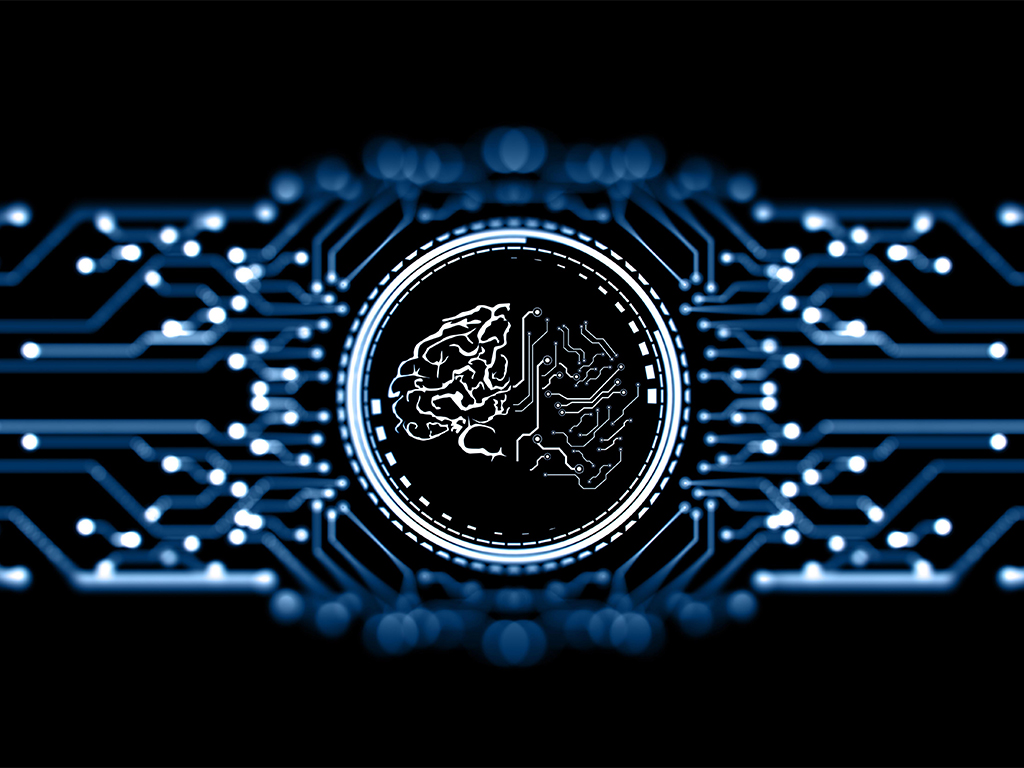In today’s era of rapid technological advancement, the term “Artificial Intelligence” (AI) has taken center stage, capturing the imagination of individuals from diverse backgrounds. It has evolved from a science fiction concept to a tangible force that shapes our daily lives, often in imperceptible ways. But what exactly constitutes AI, and why is it such a transformative phenomenon? Let’s delve into the realm of AI to demystify its essence.
What is AI?

At its essence, Artificial Intelligence refers to the replication of human intelligence within machines. In simpler terms, AI involves creating computer programs that can perform tasks typically requiring human intelligence. These tasks encompass reasoning, problem-solving, learning, comprehending natural language, recognizing patterns, and adapting to novel situations. AI systems are meticulously crafted to analyze data, make informed decisions, and progressively enhance their performance.
The Two Facets of AI: Narrow vs. General AI
AI can be categorized into two principal types: Narrow AI (also termed Weak AI) and General AI (Strong AI).
Narrow AI: This category embodies AI encountered in everyday life. Narrow AI is engineered to excel within a specific task or a limited range of tasks. Voice assistants like Siri and Alexa, recommendation algorithms on streaming platforms, and autonomous vehicles are instances of Narrow AI. These systems exhibit remarkable proficiency within their designated domains but lack the expansive comprehension and cognitive capacities of human beings.
General AI: Often portrayed in science fiction, General AI refers to machines endowed with human-like intelligence across a comprehensive spectrum of tasks. These hypothetical systems would possess the ability to comprehend, learn, and perform any intellectual task akin to a human being. General AI, however, remains more of an aspirational concept, given the multifaceted challenges involved in creating machines with such intricate and adaptive intelligence.
How Does AI Operate?
AI systems operate through a synergy of data, algorithms, and computational prowess. Here’s a simplified breakdown of the process:
- Data Aggregation: AI systems rely on copious amounts of pertinent data for learning and decision-making. They amass data from diverse sources.
- Training: This data is then utilized to train AI models. During this phase, the AI system discerns patterns and correlations within the data.
- Algorithms: Algorithms, formulated by human programmers, provide a set of instructions for AI systems to process data, make predictions, and resolve challenges.
- Learning and Enhancement: Through iterative exposure to data and real-world scenarios, AI systems refine their performance over time—an evolution known as machine learning.
- Inference: Following training, AI systems can predict outcomes, categorize objects, comprehend language, or execute any designated task.
AI’s Societal Impact
AI’s influence traverses diverse industries and facets of daily life. From healthcare to finance, entertainment to transportation, AI has orchestrated transformative changes:
- Healthcare: AI facilitates disease diagnosis, drug discovery, and personalized treatment strategies.
- Finance: AI algorithms enable predictive analysis, fraud detection, and algorithmic trading in the financial realm.
- Entertainment: AI powers content recommendations on streaming platforms, enhancing user experiences.
- Transportation: AI-driven self-driving vehicles promise enhanced road safety and efficiency.
- Customer Service: Virtual assistants and chatbots offer instantaneous customer support, augmenting user interactions.
The Ethical and Future Implications of AI
Despite its manifold benefits, AI introduces ethical quandaries. Issues such as bias in AI decision-making, job displacement due to automation, and the potential for misuse of advanced AI technologies necessitate meticulous deliberation and regulation.
As AI continues its forward march, the path towards General AI represents a tantalizing prospect and a formidable endeavor. Balancing technological progress, ethical contemplations, and human welfare will indelibly shape the trajectory of AI’s evolution.
In summation, Artificial Intelligence stands as a transformative force that emulates human intelligence and undertakes tasks surpassing the confines of conventional software. From Narrow AI to the distant horizon of General AI, the metamorphosis of AI pledges to reshape industries, economies, and societies. A comprehensive understanding of its potential and limitations empowers us to responsibly harness its benefits and traverse the intricate terrain of AI-fueled innovation.

